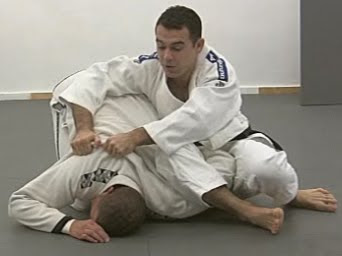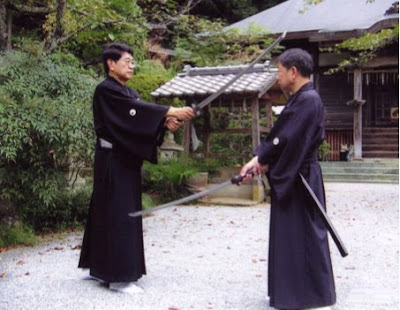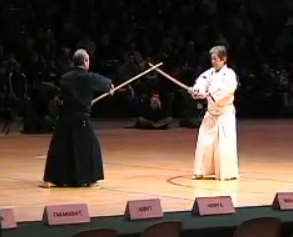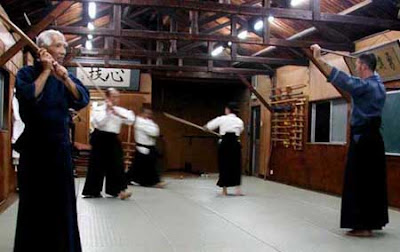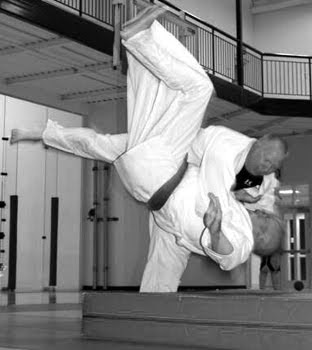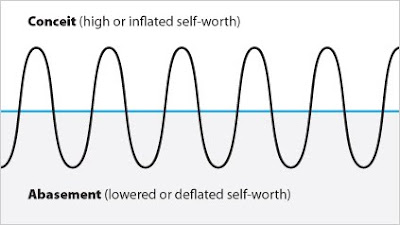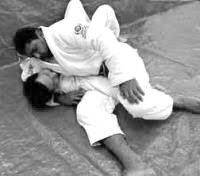Kangeiko, Day 4
Just a handful of us in the morning, but we had one visitor from out of state, which was a nice change. We spent the class working on the first 4 releases where one person did the release with 3 others attacking him, one after the other, from wherever they stood. After that, we did the same thing over again, but now adding a hand change. The interesting thing to me was the difference in timing between all the participants. The two brown belts tended to be almost startled most of the time, if even in a very subtle way. Even though they knew what release we were supposed to be doing, they weren't sure which hand to stick out, who was attacking next, or even if they had remembered to do the right release (I kept telling them I didn't care; as long as they got off the line and kept moving, aikido would come out). Most of their reactions fell along the lines of, "Oh, crap, I'm being attacked! What do I do?" The shodan, however, seemed a little more in control. He could

